Hear music the way it was intended to be reproduced – part 5
Now that we have a calibrated frequency response at the listening position, let’s look at the other part of the timbre (i.e. tone quality) equation which is the time domain. Sound in your listening room has 3 measurable dimensions: time, energy, and frequency. We have looked at frequency response, targeting the B&K house curve, and how it affects timbre. So how does the time domain in your listening room affect timbre?
As mentioned earlier, I had the privilege to work in many recording studios, audio dealer listening rooms, and critical listening environments of many types over 30 years. Up until now, the best tone quality (i.e. timbre) I have heard was working in a certified “Live End Dead End” (LEDE) designed control room: http://www.acousticalsolutions.com/live-end-dead-end-control-rooms&usg=AFQjCNFQi2Lyk8WnfyTpRoT-x5voXUoYQQ with Urei 813 "time align" studio monitors: http://mixonline.com/TECnology-Hall-of-Fame/UREI-813-monitors-090106/ That's one expensive spec'd room (in the millions). There is an AES paper here ($20 or $5 for members): http://www.aes.org/e-lib/browse.cfm?elib=11805
It is the importance of Richard C. Heyser‘s invention of Time Delay Spectrometry (TDS), that allowed manufacturers to implement a computer that measures Time, Energy, and Frequency (Techron TEF). http://tecfoundation.com/hof/06techof.html#8 Using such a computer and software allows you to measure sound in 3 dimensions. This enabled Don and Chips Davis to invent the LEDE critical listening room. It enabled Dr. Peter D'Antonio to commercialize Diffuser panels. It enabled speaker designers to "time align" multiple speakers I feel this comment is insightful of the importance of these inventions in modern day acoustics, especially, "90% plus of serious professional control rooms in operation reflect this design type." http://www.hometheatershack.com/forums/home-audio-acoustics/16772-live-end-dead-end-yore.html#post164161
Let's look at a real application in using a TEF computer to analyze the room modes of a typical living room, like most of our critical listening environments. Similar to blowing air across the mouth of a Coke bottle to cause a resonance, the same thing occurs in small room acoustics. i.e. our critical listening rooms. Notice the resonating room mode at 125Hz. Mostly a function of room dimensions. A Helmholtz resonator is constructed at the target frequency of 125Hz and when the right amount is placed in the right spot in the room... voila, room mode tamed:
Room modes, unless you are lucky and get a golden ratio room, or have purposely built such a room, or even a LEDE type room, we are all stuck with room modes simply based on the physical dimensions of our listening rooms. Control rooms, on the other hand, are specifically designed and constructed to precise specifications, including the ability to reproduce a 20Hz sound which has a wavelength of 56.5 feet. These specifications, like LEDE, is designed to produce a psychoacoustic environment that is neutral in tone and sounds larger than its physical dimensions.
This is the Chips Davis designed and built LEDE control room I worked in. I was very fortunate to have been one of the house engineers and got to observe Chips designing and building this facility from scratch to its finished state.
Note the Urei 813C time align monitors. Nowadays the “dead end” is referred to as Reflection Free Zone (RFZ) and some like it more live (like me) than dead. I.e. more diffuser panels are used versus absorbent panels in the front of the control room.
Another LEDE type control room. We are just lining up another set of Urei time aligns to ensure we have an equilateral triangle and perform some room measurements.
This is the rear of the studio from the picture above. We were lucky to have 16 foot ceilings and got a nice diffuse sound field, but required extra tube traps to soak up a long RT60 in the bottom.
This was another LEDE type studio that I worked in.
Here is the rear of the control room from above. Normally there would not be any tube traps and a diffuser panel would fill the gap between those three tube traps on the room centerline. A local company had developed a bass tube trap and we were jamming them into the control room to get some absorption measurements using my TEF computer and listening on the monitors.
Here is an audio dealer critical listening room modeled after the LEDE design.
The psychoacoustic effect of the LEDE design technique is to give the mixers ears the acoustic cues of the larger space (i.e. recording studio) thus allowing the perception of hearing the studio rather than the control room. In our case, we want the perception of hearing (i.e. reproducing) the music rather than our listening room.
LEDE control rooms are specially designed enclosures using computer modeling to achieve the best distribution of room nodes, reflection free zone, and diffuse live end. A LEDE room has seven criteria (i.e. a specification) that must be adhered to and measured in order for the control room to be issued a certificate of compliance. In a nutshell, the idea is to suppress early reflections and diffuse the longer reflections to minimize the impact of the listening room on the reproduced music. You try for a ~ 20 millisecond inital time delay gap betweeen hearing the direct sound at the listening position and the diffuse sound from the rear of the room. Improved clarity and ambience were the result. The effect on listeners of giving the critical listening room a precise time delay gap is that of a much bigger room.
Alton F Everest's, " Master Handbook of Acoustics" is probably the best single book (for under $20) on acoustics that covers all of these concepts in more detail. Alton's book covers everything about acoustics in a readable format that does not require a PHD to comprehend: http://www.amazon.com/Master-Handbook-Acoustics-Alton-Everest/dp/0071360972
The other important factor is “time aligned” speakers. As the Mixonline link above indicates, the 813's were the most successful studio monitors for some time and very likely some of the music you listen to was mixed on these type of monitors. The idea behind the time alignment was to ensure that the direct sound from the monitor is arriving at your ears at the same time. Having the audible frequency range arrive at your ears at the same time is another key to hearing music the way it was intended to be reproduced. The imaging is precise, even across the frequency range and the sound is point source.
The Urei time aligns in the LEDE control room I worked in were the 813C versions. They were Monster cabled inside and out and driven with a couple Crown 1 kilowatt amps. I remember listening to http://www.sa-cd.net/showtitle/856, and the drums sounding incredibly tight and concussive. You could hear and feel the drums like you were standing in front of a real drum kit.
This LEDE room with the time align speakers was the best critical listening room quality I have heard, up until now. With the advent of sophisticated Digital Room Correction (DRC) software and powerful computer hardware, compared to 25 years ago, we can easily take frequency and time response measurements. Further, we can design and build filters (i.e. 65,536 filter taps) that can correct both the frequency and time domain of your system in your specific listening environment.
Using Audiolense, I can almost get the same sense of a physical LEDE designed room without breaking the bank by having to really build one. I am impressed with the sense of space where my room sounds bigger than its physical size (30' x 16' x 8'). At the same time, the sound is incredibly clear and tight, the tone quality is right on, and the stereo imaging is like wearing headphones. I remember feeling the same way in the LEDE control room with the Urei time aligns.
Over at the Audiolense User Forum (http://groups.google.com/group/audiolense), I asked Bernt Ronningsbakk, creator of Audiolense (http://www.juicehifi.com/index.html), if his True Time Domain (TTD) correction ensures that the initial sound arrives at the same time in the listening position, (like the Urei time aligns). I also asked him about early reflections. Here is his response:
“Yes, TTD ensures that initial sound arrives at the same time. And it also syncs up with the reflections that are early enough to fall inside the time domain window. It tightens up the direct sound from the speakers, cleans up some of the early reflections and often cleans up somewhat on all the reflections towards the deepest bass. 5 cycles @ 20 Hz equals 172 meter of sound travel. That is usually plenty to cover a few generations of reflections”.
I can concur that is what I am hearing with my ears and what is being measured. Sitting in front of the speakers almost feels like I am wearing headphones, The sense of clarity I have never heard before with just frequency correction. For example, this tune http://www.amazon.com/Chaiyya/dp/B000QOOD8K has a vibrato synth sound that cycles from left to right speaker through most of the tune at a quieter level. I never heard that before without TTD. I can hear it on the headphones, but up until now, that sound was obscured by my listening room. The song also contains some very powerful low frequency pulses midway into the tune. This will really test the low frequency response speaker to room interface. What I really notice is how tight the sound is and devoid of long low frequency decays using TTD.
HDTracks sampler https://www.hdtracks.com/index.php?file=login&redirectto=samplealbumdownload&ialbum_id=6446 artist, "Dave's True Story" and song "Misery" is a favorite of mine because of the awesome hall it was recorded in. I can hear the dimensions of the room coming through the stereo, just as clear as if I was wearing headphones.
It is incredible to think what is going on here as prior to this, short of spending a small fortune on a properly sized, designed, and built critical listening environment that meets a specification like LEDE, it was simply not possible to achieve. The reality is that we are bound by the physical dimensions of our listening room, which means small room acoustics apply. Unfortunately, this means most of our listening environments have those "Coke bottle" resonances predetermined by our room dimensions. Adding absorbers, diffusers and bass traps will likely improve most situations, but will not give the perception of being in a larger space.
As an aside, one audio dealership went to the trouble to compute the room modes and used one of the golden ratios to build a critical listening room. Listening and measurements proved out that golden room ratios (at least that specific one) made a considerable difference to the tone quality of the room. It is all about room mode distribution and Alton's book goes into this in detail. If you ever see the spec for a LEDE control room, you will see there are no parallel surfaces, in addition to being built as a room suspended in another room, plus many more specs (see Alton's book).
I believe that any critical listening environment should have a best effort towards acoustical treatment. Absorb or diffuse early reflections, diffuse later reflections, and control room modes with tube traps or Helmholtz resonators. I would caution against too much absorption versus diffusion. Too much damping makes the sound lifeless.
In my case, my first acoustical treatment was to put down a thick 10' x 7' area rug between my listening position and speakers. It really ties the room together.
The purpose of this was twofold. One was to add some overall damping to my otherwise totally live listening room; the other was to suppress any early reflections off the floor to the listening position. Even though my speakers are on Vibrapods, they should be raised off the floor more. Also looking at Tube Traps or Helmholtz Resonators behind the speakers tuned to about 200 Hz according to my measurements. I still have the ceiling to look at. It is easy to use a mirror to determine where the reflections are on the ceiling. The back wall needs diffusers of some sort. Plenty of commercial and DIY's to choose from.
Here is what my back wall looks like. It's just waiting for diffusers.
The way I see it, Audiolense is the icing on the cake. It completes the speaker to room interface. I can perform a best effort in speaker to room set up and acoustical treatment. Use a tape measure or better yet this digital laser measure (http://www.computeraudiophile.com/content/Get-Better-Sound-Without-Spending-Fortune)and read back a few articles to get the proper configuration to be measured up.
In the end, Audiolense will dial in the correct timbre by ensuring that the frequency response at the listening position is calibrated to a target and each speakers output is identical across the target frequency range at the listening position. Additionally, all sound will arrive at listening position at the same time, plus cleaning up early reflections and tightening up the bottom end. The result is better clarity and the sense of spaciousness without sounding like small room acoustics. To me, it sounds almost as good as being in one of those million $ LEDE control rooms. It is amazing to me.
However, not all is roses. I was not able to use TTD until recently. Up until now, I was just using frequency correction. Btw, the frequency correction works perfect and sound great. I am completely satisfied. TTD became possible when I introduced the carpet a week ago. Then I was able to get TTD working. It seemed that my room was just too live (it really has no absorption whatsoever) and maybe confused the software as I could not get as good a tone quality as the frequency correction. Now with the carpet in the room to provide some overall damping, I have been able to get TTD to work very well. I am encouraged by how quickly I can get excellent tone quality that is better than what I got with frequency correction. Plus I get time alignment, clearer sound, and tighter bass.
Audiolense can produce filters that have a bit of pre-ringing to them. I asked Bernt about this and his response was, "Since the improvement from a TTD over a pure frequency correction sometimes is perceived to be so massive, those who can't get rid of the audible pre-ringing gets really frustrated. I can understand that. Going back to a pure frequency correction isn't the same after you've heard the potential in TTD."
"The easy solution for us would be to abandon the time domain correction, or just reduce the scope of it to a level where it does just a little right and nothing wrong - and simply lower the expectations. But the massive improvement that TTD sometimes brings is a convincing argument, so I've been researching the pre-ringing issue and developing a solution for more than 1.5 years or so. I didn't know what the root causes were when I started. I only had a hunch. And I didn't know whether it could be fixed. A lot of hard work and outside the box thinking has gone into this but it is starting to pay off. I now have simulations at my desktop where the pre-ringing is suppressed so far down that the noise floor in the measurement is becoming a disturbing factor. Only time & experience will show whether the problem is about to be solved once & for all, or the bottleneck will move somewhere else."
I appreciate Bernt's work. Like I say, I have never been able to escape small room acoustics, until now. It really hits home when you work 8 hours a day infront of the control room monitors and come home and your nice gear sounds no where as good as the LEDE room. I have been spoiled rotten working in top end control rooms specifically designed for sound quality.
It is (mostly) the curse of small room acoustics. Using Bernt's software is the first time I have heard my listening room sound not like my room, but like when I was working in LEDE rooms. Very impressive and still maintaining audiophile quality sound as I hear no side effects of the digital FIR filters in the signal chain. Audio software playback engines http://wiki.jriver.com/index.php/Audiophile_Info and DSP software http://convolver.sourceforge.net/ these days are incredibly advanced and running on the most powerful computing equipment we have ever owned. I do not expect to hear any distortion being introduced by its use.
I am really impressed with the sound. It appears I have an optimum configuration already. I am going to continue experimenting, but mostly listening and figuring out DIY acoustic treatment I may build next. The better the room acoustics I can make, the better filters I can design, the better the overall sound. I think I can meet the LEDE spec.
Happy Listening!
Mitch

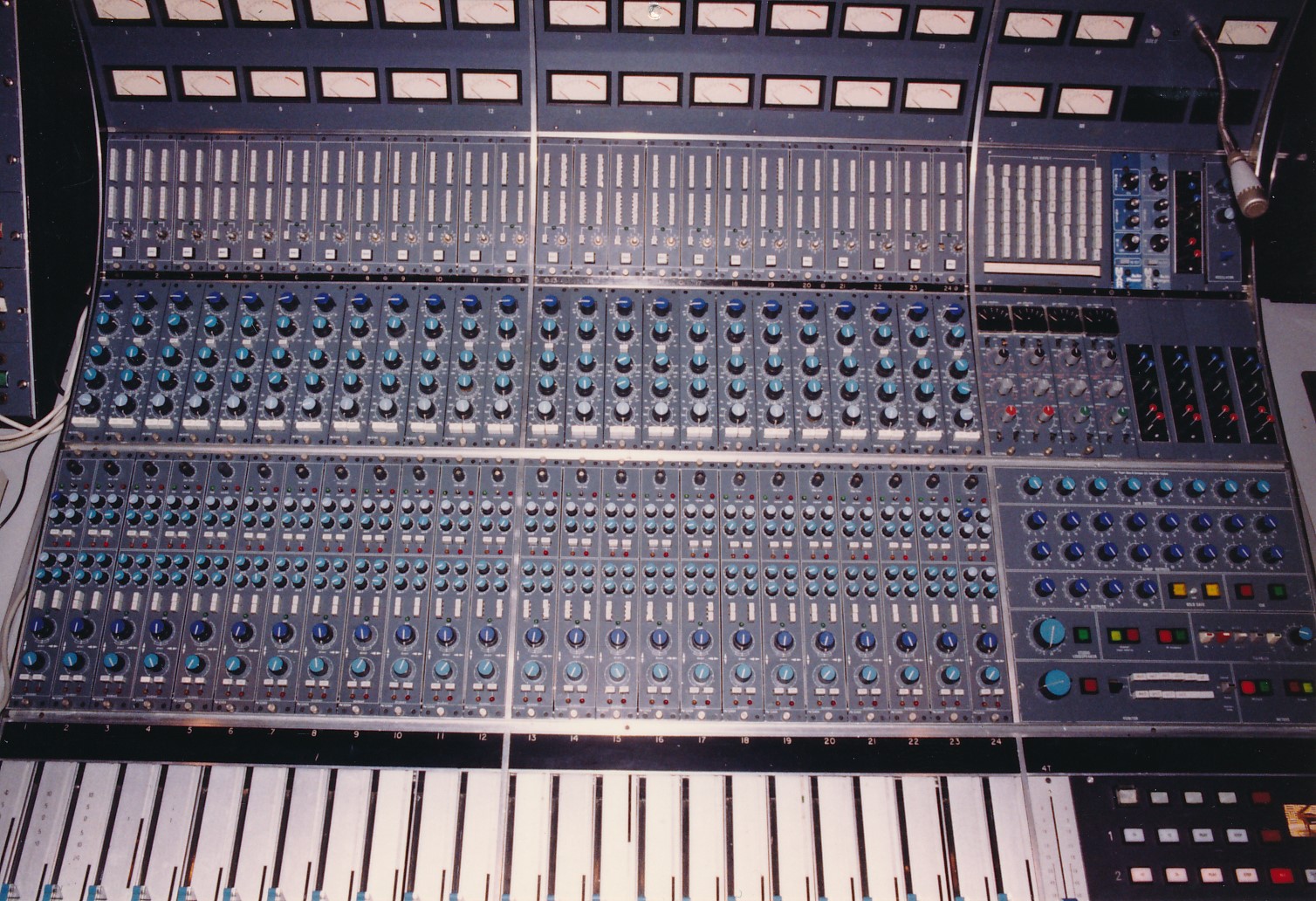

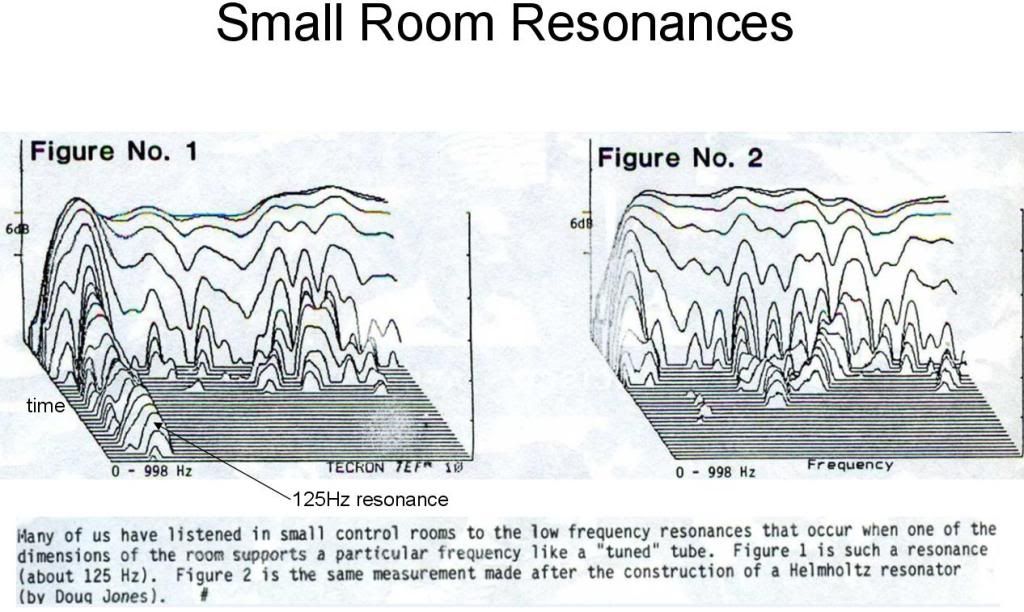
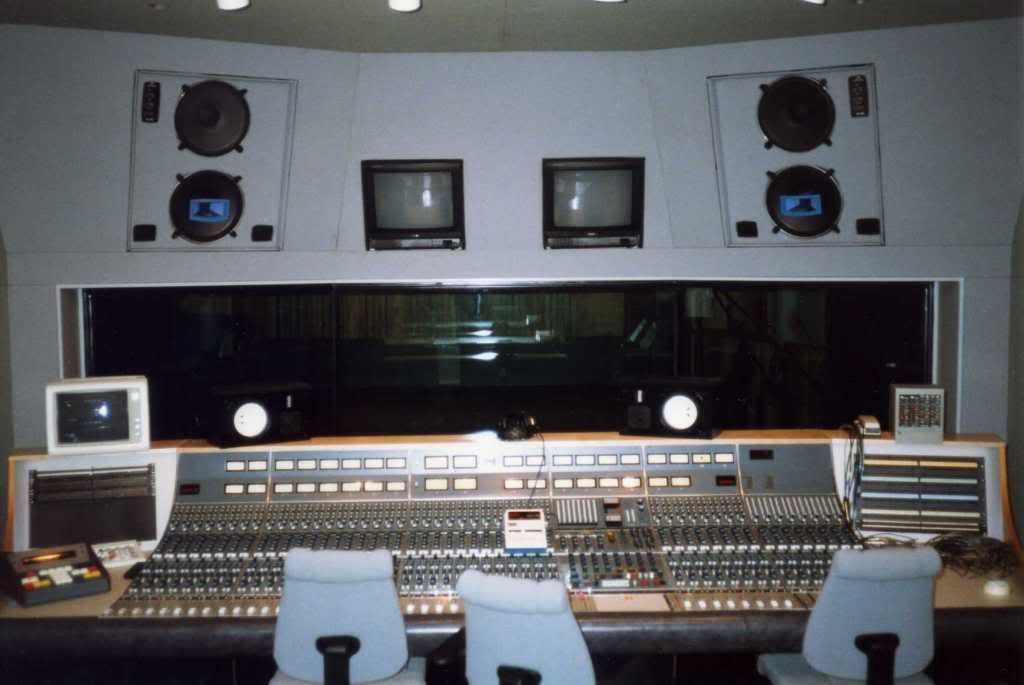
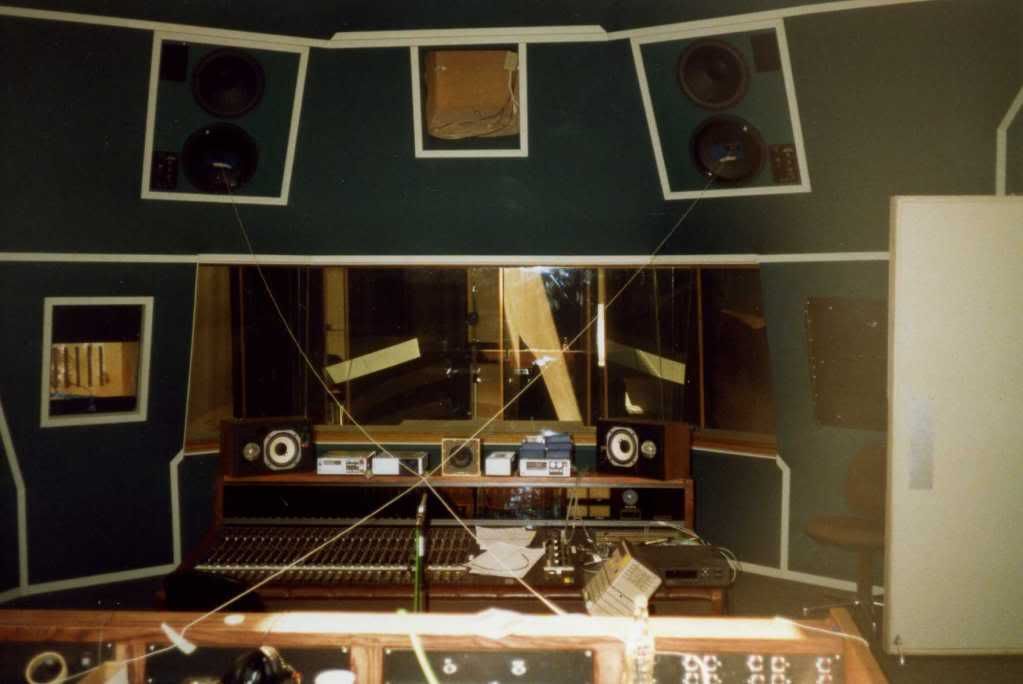
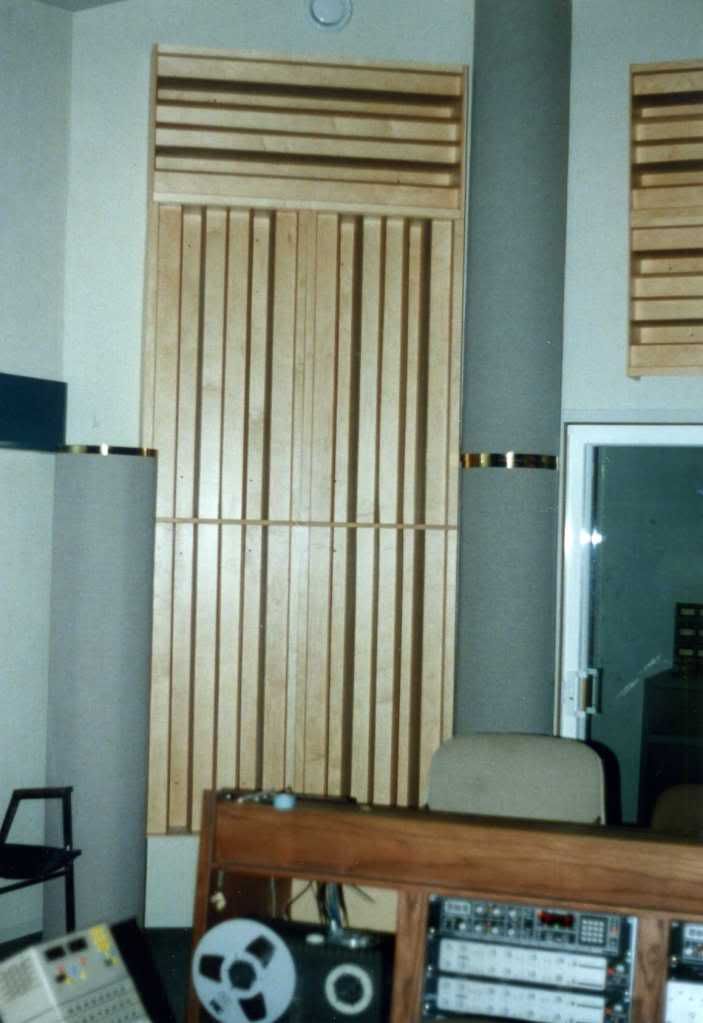

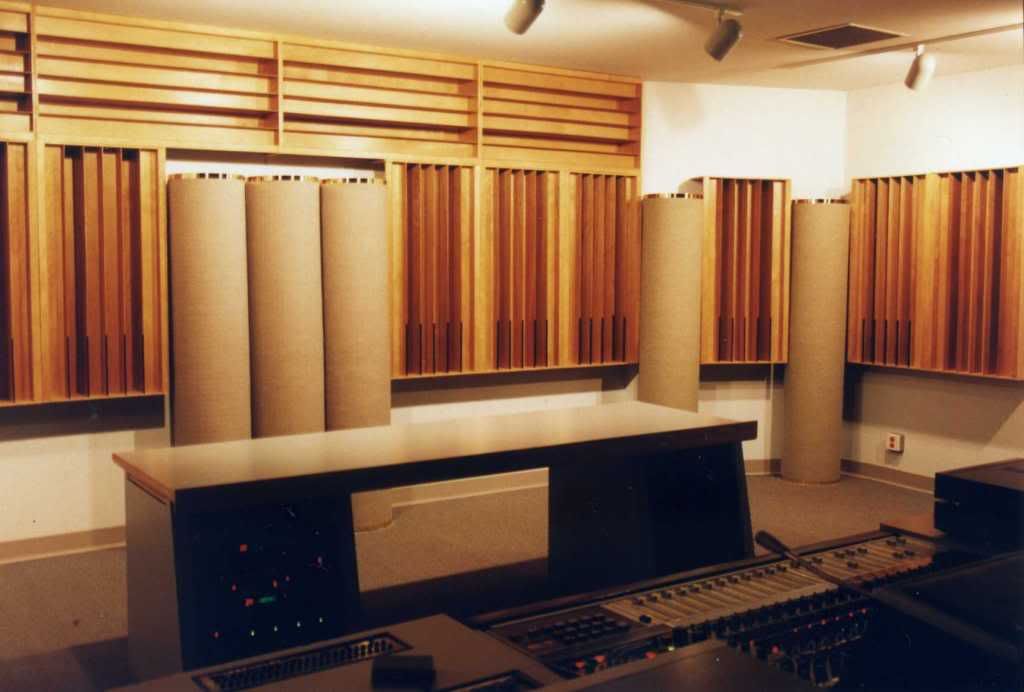

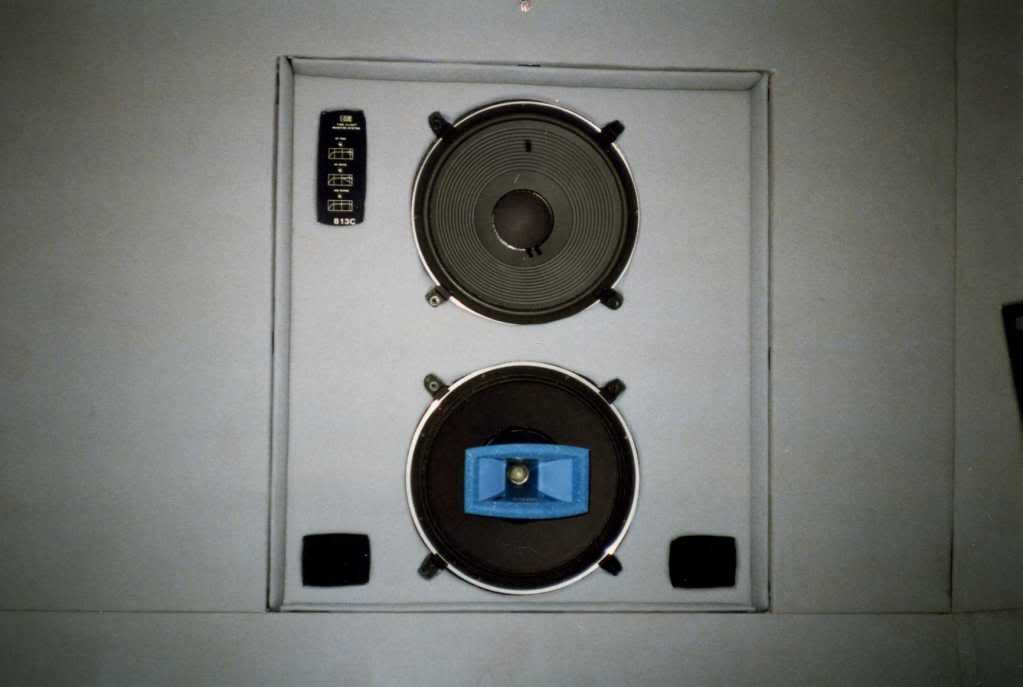
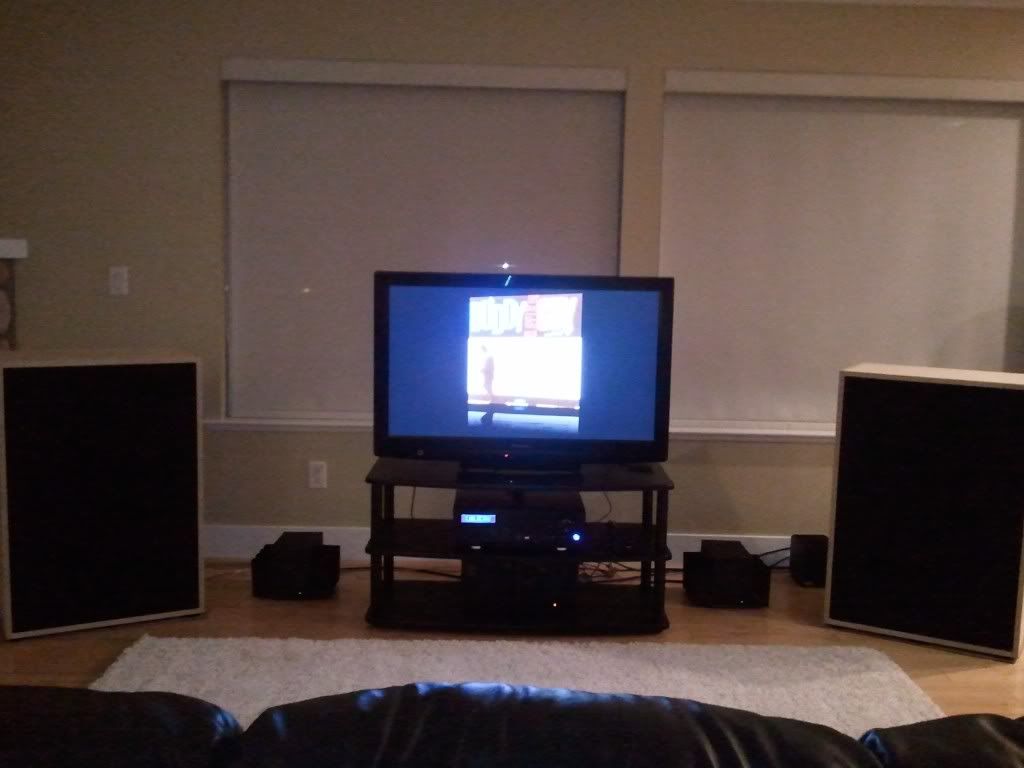
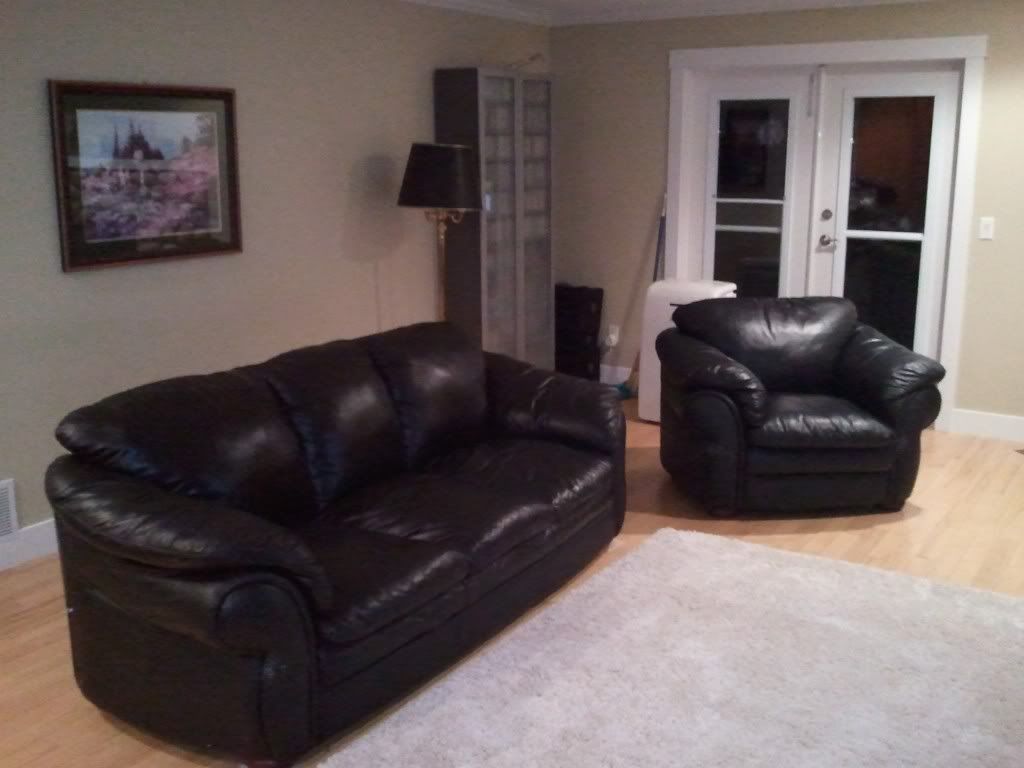








0 Comments
Recommended Comments
There are no comments to display.